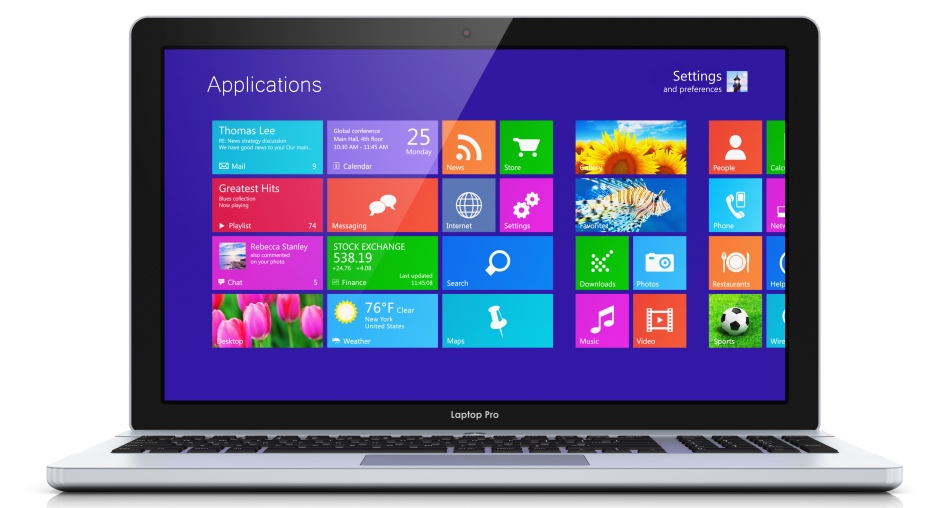
Microsoft has officially announced the deprecation of several legacy Digital Rights Management (DRM) services, which will affect users of Windows Media Player, Silverlight, and older Windows versions like Windows 7 and 8.
The services are being phased out as part of Microsoft’s broader initiative to modernize its digital content protection infrastructure. This deprecation impacts various media playback functionalities, including streaming and protected content playback on older devices.
The deprecation specifically targets DRM services tied to technologies no longer actively supported by Microsoft. The most affected users will be those relying on the legacy Windows Media Player, Silverlight, and the in-home streaming features between older Windows clients and Xbox 360 consoles. Once these services are fully retired, users will no longer be able to play DRM-protected content that relies on these systems. Key features impacted include:
- Windows Media Player on Windows 7: Protected content playback will cease, affecting users who have ripped DRM-protected music from personal CDs or purchased DRM-restricted media.
- Silverlight clients and Windows 8: Silverlight-based content playback and streaming from Windows 8 devices will no longer function.
- In-home streaming to Xbox 360: Streaming protected media content from Silverlight or Windows 8 clients to Xbox 360 will also stop working.
The company announced the changes yesterday, signaling a final phase of its deprecation strategy for outdated DRM services. However, it has not been determined when the full retirement will come. Hence, the announcement is a warning to users reliant on the mentioned services to take action now, or they may face disruptions.

Microsoft
To mitigate the impact, Microsoft recommends users upgrade to the latest versions of Windows or adopt alternative media applications that do not rely on deprecated DRM services. Users who wish to retain access to their DRM-protected content should consider re-downloading media from licensed sources or converting their media libraries to formats that do not enforce digital rights management.
This marks the end of the road for technologies like Silverlight, a once-popular framework that Microsoft officially ended support for in 2021, and Windows Media Player, which has seen diminishing use with the rise of modern media applications and services.
Silverlight was initially introduced in 2007 as a competitor to Adobe Flash, offering rich internet applications and media streaming capabilities. Despite being widely used in the 2010s, it quickly became obsolete with the advent of HTML5, which offered native media support across browsers. The same holds for Windows Media Player, which was a primary media playback application for early versions of Windows. However, with the rise of modern streaming platforms and services, its relevance has dwindled, especially after Microsoft shifted its focus toward the Groove Music (also discontinued) and Movies & TV apps for Windows 10 and 11.







Leave a Reply